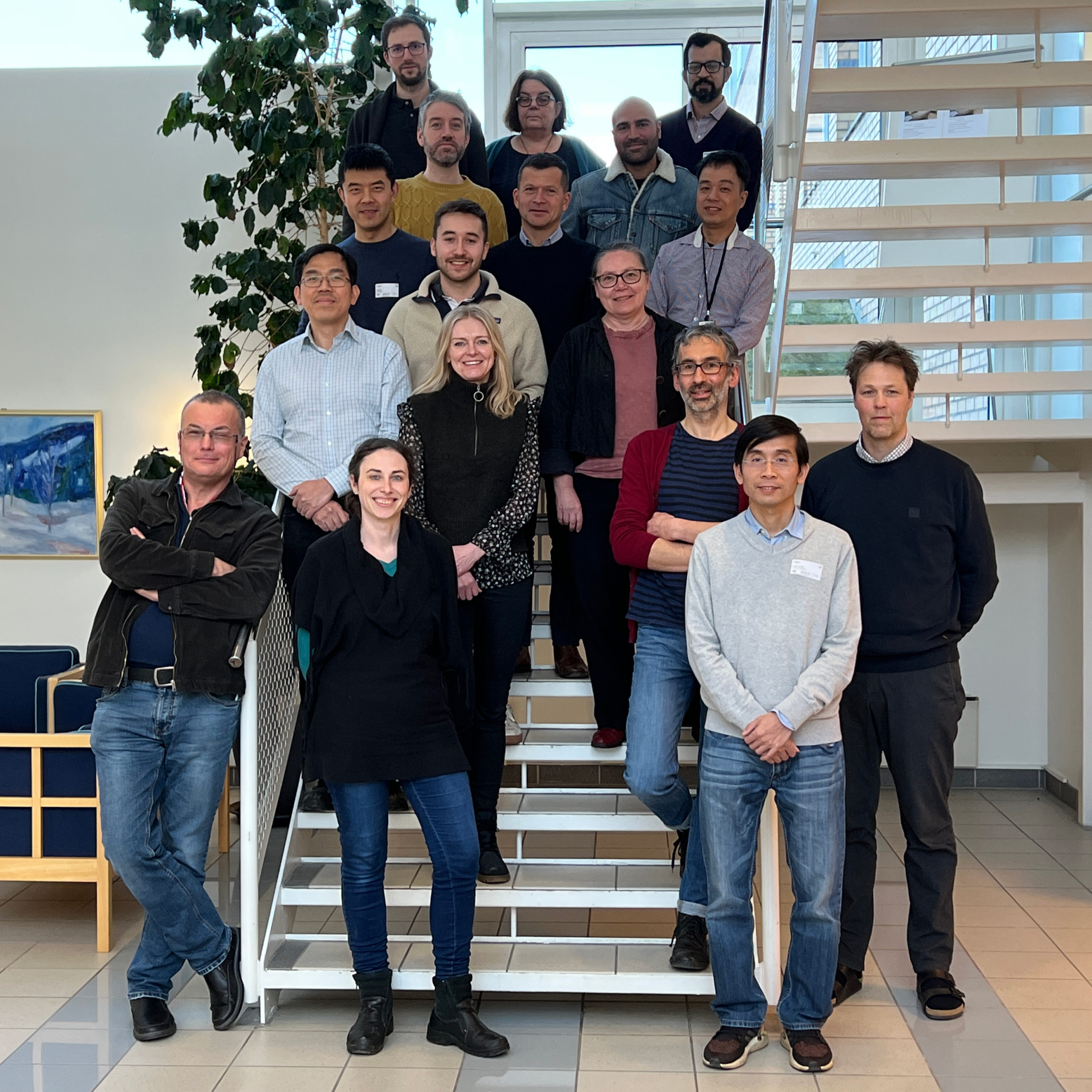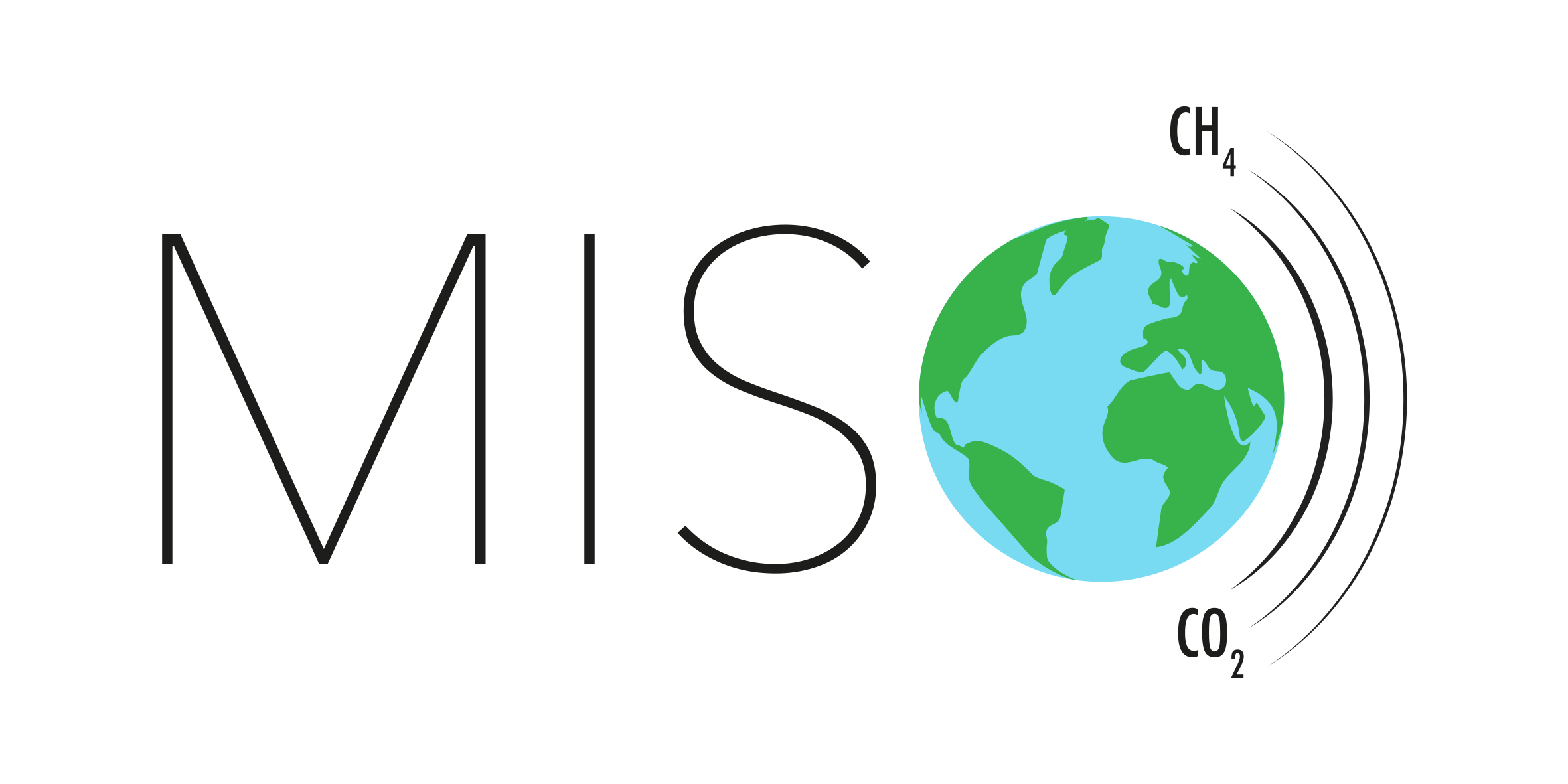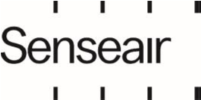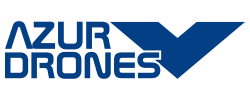About the MISO Project
About the MISO Project

Our Mission
MISO have developed and demonstrated an autonomous in-situ observation platform for use in hard-to-reach areas (Arctic, wetlands), for detecting and quantifying carbon dioxide and methane gasses, using a combination of stationary and mobile (drone) solutions and requiring minimum on-site intervention when deployed.
To achieve this objective, MISO have improved detection limit and accuracy of a NDIR GHG sensor, which then is used in three observing platforms (a static tower, a static chamber and a UAV-mounted sensor) operated with the help of a central base unit. All elements are designed for operation in harsh environments and with minimum human intervention. The static observatories are powered by a unique geothermal device.
Communication between the three observatories and a data cloud uses a combination of P2P, G4/G5/LTE, LORAWAN and wifi technologies. The specifications of the platform is co-developed with stakeholders from academia, monitoring and measurement systems, industry and policy.
Background
Climate warming is driven by increased concentrations of greenhouse gasses (GHGs) e.g., CO2 and CH4, in the atmosphere. Existing observatories are able to capture GHG information for large-scale global assessments, but short- term natural variability and climate-driven changes in atmospheric CO2 and CH4 remain less known.
Use Cases
We demonstrate the capability of the MISO observational system and its individual components to measure CO2 and CH4 concentrations in real-world situations. We follow established protocols for this demonstration, and at every stage evaluates the performance of the MISO system against more established methods.
This includes the calibration and verification of the MISO platform in the laboratory, in the field with comparison to existing ambient measurement locations. Then, the observation platform has been deployed for real-world applications in wetland for greenhouse gas flux measurements, and in Arctic for greenhouse gas flux measurements and emissions hotspot characterization.
Data processing and validation from the pilot has been a key challenge in evaluating the performance of the MISO sensors during the pilot deployments and informs the data processing, post-processing, and integration to external partners and platforms.
Contact Info
Dr. Tuan-Vu Cao, project coordinator.
The Climate and Environmental Research Institute NILU.

This project has received funding from the European Union’s Horizon Europe research and innovation programme under Grant Agreement No. 101086541.









